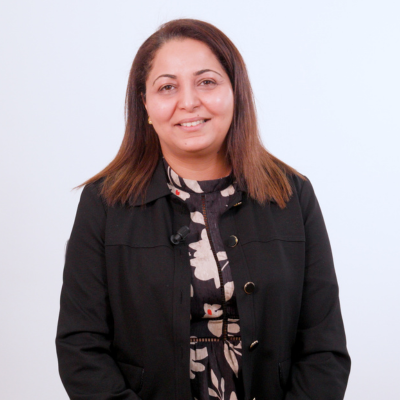La finance décentralisée (DeFi) est un ensemble d’activités financières sur cryptoactifs qui ne sont pas contrôlées par une autorité centrale. La Defi repose sur la technologie blockchain via des protocoles décentralisés, désintermédiés et automatisés pour créer des applications financières qui fonctionnent sans intermédiaires tels que les banques, les institutions financières ou les gouvernements.

03:16
“Deep” Electronic Word of Mouth involves in-depth online consumer discussions about products and services. It goes beyond surface-level comments, offering thoroughness, authenticity, and influence. Examples include detailed reviews on platforms like Amazon, TripAdvisor and discussions in specialized forums impacting businesses and consumers.
ZAMAN Mustafeed - EM Normandie |
- Dico du Management
- Marketing, Vente et Communication



